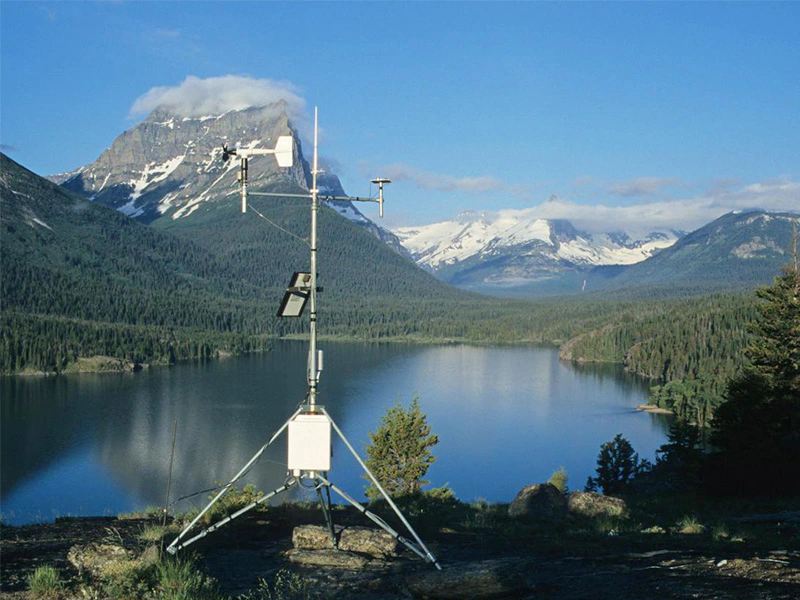
# Meteorological Station: Definition and Functions
## What is a Meteorological Station?
A meteorological station, also known as a weather station, is a facility equipped with instruments and devices designed to measure and record various atmospheric conditions. These stations play a crucial role in weather forecasting, climate research, and environmental monitoring.
Meteorological stations can vary in size and complexity, ranging from simple backyard weather stations to sophisticated automated systems operated by national weather services. They are typically located in areas that provide representative measurements of the surrounding environment.
## Key Components of a Meteorological Station
A standard meteorological station includes several essential instruments:
– Thermometer: Measures air temperature
– Barometer: Records atmospheric pressure
– Hygrometer: Measures humidity levels
– Anemometer: Determines wind speed
– Wind vane: Indicates wind direction
– Rain gauge: Measures precipitation
– Pyranometer: Records solar radiation
## Primary Functions of Meteorological Stations
### 1. Weather Data Collection
The fundamental purpose of meteorological stations is to collect accurate and reliable weather data. These measurements form the basis for weather forecasts and climate studies. Stations typically record data at regular intervals, often hourly or more frequently during severe weather events.
### 2. Weather Forecasting
Data collected from meteorological stations is used by meteorologists to analyze current weather patterns and predict future conditions. Networks of stations provide comprehensive coverage that helps in creating accurate weather models and forecasts.
### 3. Climate Monitoring
Meteorological stations contribute to long-term climate studies by maintaining consistent records over extended periods. This data helps scientists identify climate trends, assess climate change impacts, and develop mitigation strategies.
### 4. Agricultural Applications
Farmers and agricultural professionals rely on weather station data to make informed decisions about planting, irrigation, and harvesting. Specialized agricultural weather stations may include soil moisture sensors and leaf wetness indicators.
### 5. Aviation and Marine Safety
Airports and coastal areas maintain specialized meteorological stations to provide critical weather information for aviation and marine operations. These stations help ensure safe takeoffs, landings, and maritime navigation.
## Types of Meteorological Stations
Meteorological stations can be classified based on their location and purpose:
– Surface weather stations: Located on land or sea surfaces
– Upper-air stations: Use radiosondes to measure atmospheric conditions at various altitudes
– Automatic weather stations (AWS): Operate without human intervention
– Mobile stations: Installed on ships, aircraft, or vehicles
– Remote sensing stations: Use radar and satellite technology
## The Importance of Meteorological Stations
Meteorological stations serve as the backbone of weather observation systems worldwide. Their data is essential for:
– Early warning systems for severe weather
– Disaster preparedness and response
– Scientific research and education
– Urban planning and infrastructure development
– Renewable energy production planning
As technology advances, meteorological stations continue to evolve, incorporating more sophisticated sensors and communication systems to provide increasingly accurate and timely weather information.
Keyword: what is meteorological station
Leave a Reply